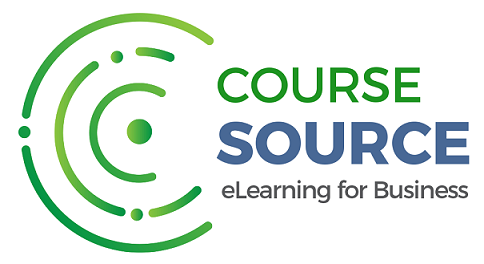VBA for Beginners

Overview
VBA, or Visual Basic for Applications, is like Excel on steroids. As an advanced feature, it can seem intimidating at first. But with just a little VBA knowledge you'll be able to automate tasks in Excel and turbocharge your data handling capabilities. We'll take you from beginner to advanced user in just a few hours on this online video training course.
Most office staff can use Excel to a basic level for data entry, to format cells, even to use a basic PivotTable. But few make it to the next level, to be able to build models, conduct scenario analyses, apply checks to flag errors, create a dashboard or format to a client-ready standard.
Inspired by our best-selling, award-winning, accredited course - Microsoft Excel - we've produced this short course designed for individuals and professionals who are new to VBA and seek practical ways to automate their most frequent tasks in Microsoft Excel.
Pre-requisites
- PC or Mac with a full version of Microsoft Excel (any version from 2003 to 2013 or Microsoft 365).
- Not a requirement but a benefit to have some work-related projects to which you can readily apply what you learn.
Relevant audiences
- Individuals and professionals who are new to VBA and are seeking practical ways to automate their most frequent Microsoft Excel tasks.
- Accountants, bookkeeppers, teachers, salespeople, managers, graduates. The list just doesn't end with Excel.
Learning Outcomes
- Automate your most frequent tasks and operations.
- Define and manage variables, set up subroutines, and create functions.
- Learn practical methods for using macro errors to improve your VBA code.
- Learn about the PivotTable object and basic approaches to utilizing it.
Syllabus
Section 1: Introduction
- Unit 1.1 - The VBA Course and the Environment
Section 2: VBA and Macros
- Unit 2.1 - VBA as a Language
- Unit 2.2 - Introducing Macros
Section 3: Functions
- Unit 3.1 - Introducing Functions
Section 4: Common Keys to VBA
- Unit 4.1 - Working with Objects
Section 5: Closure
- Unit 5.1 - Conclusion
